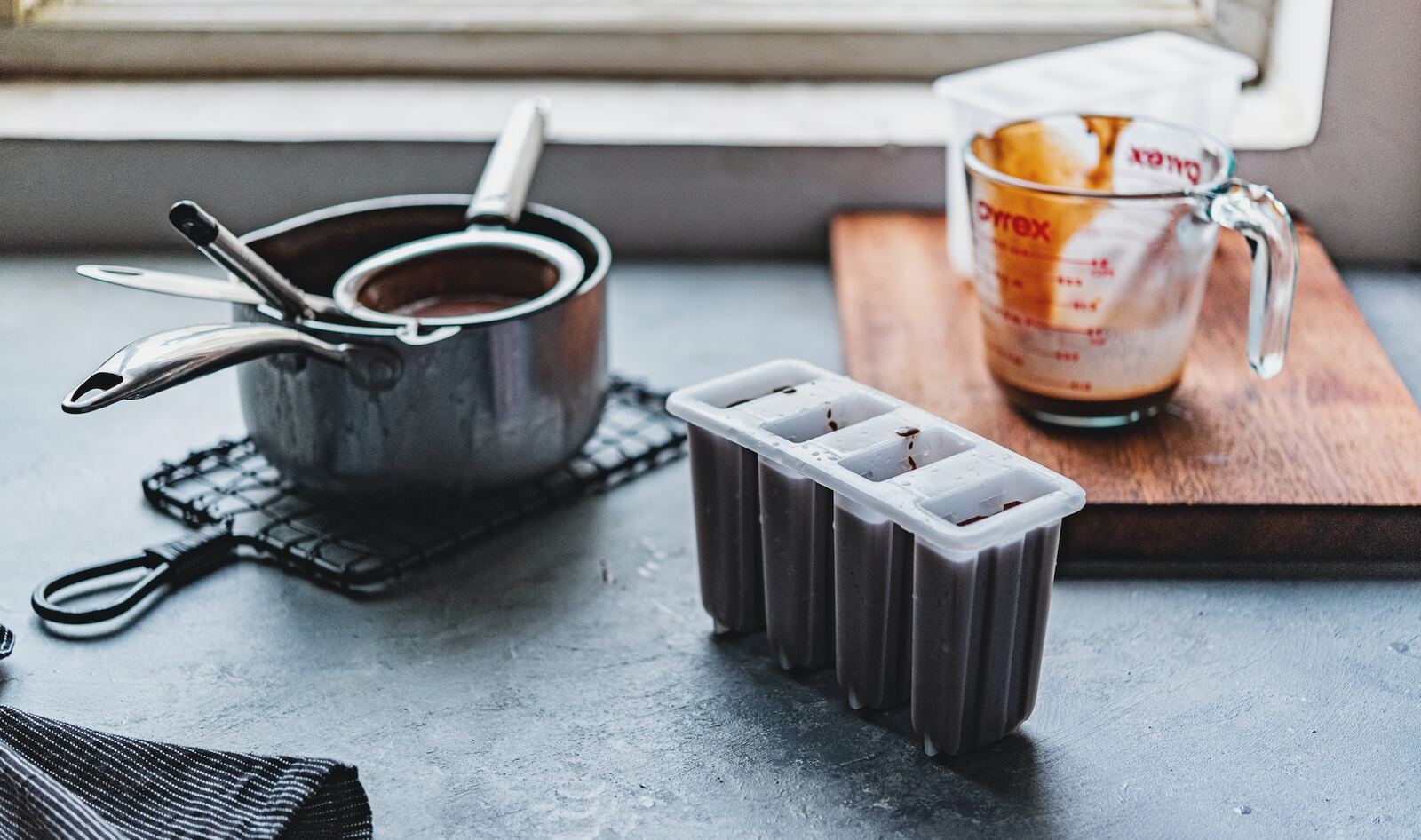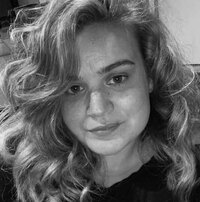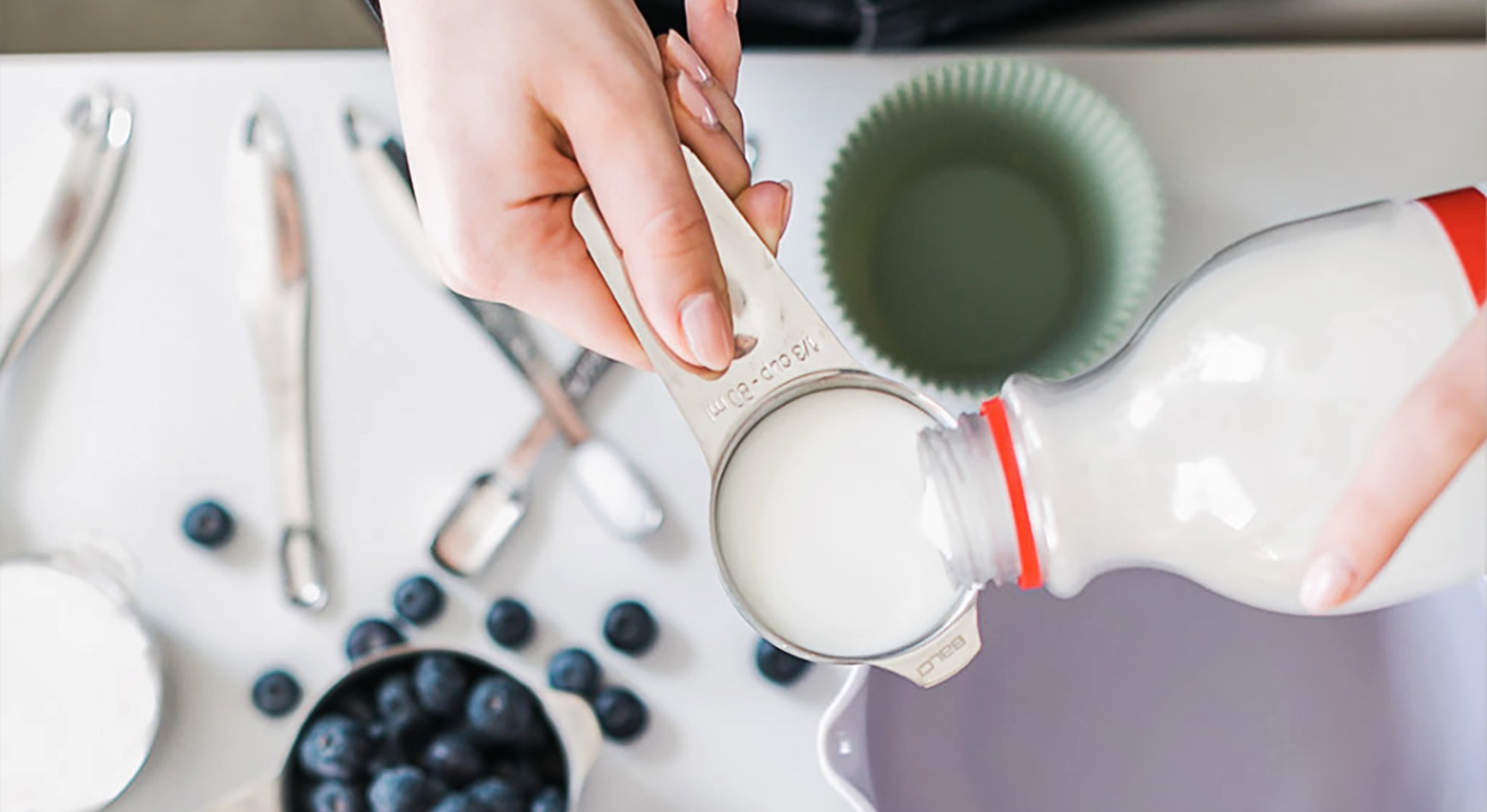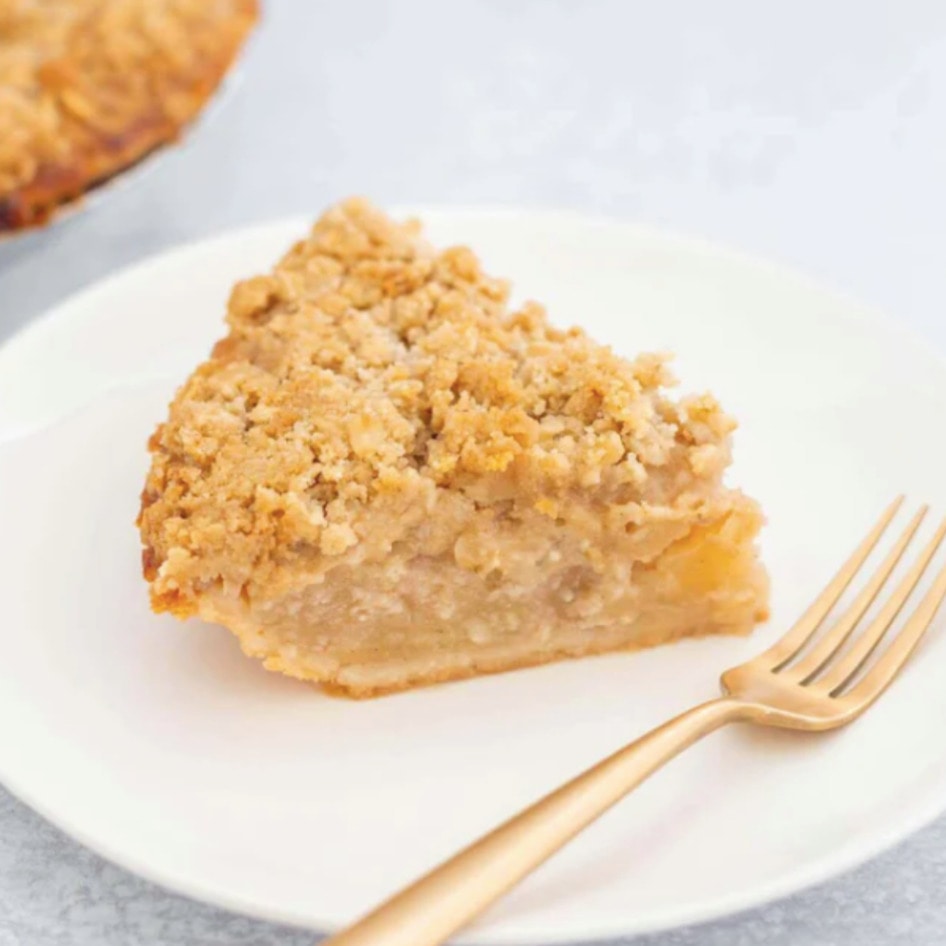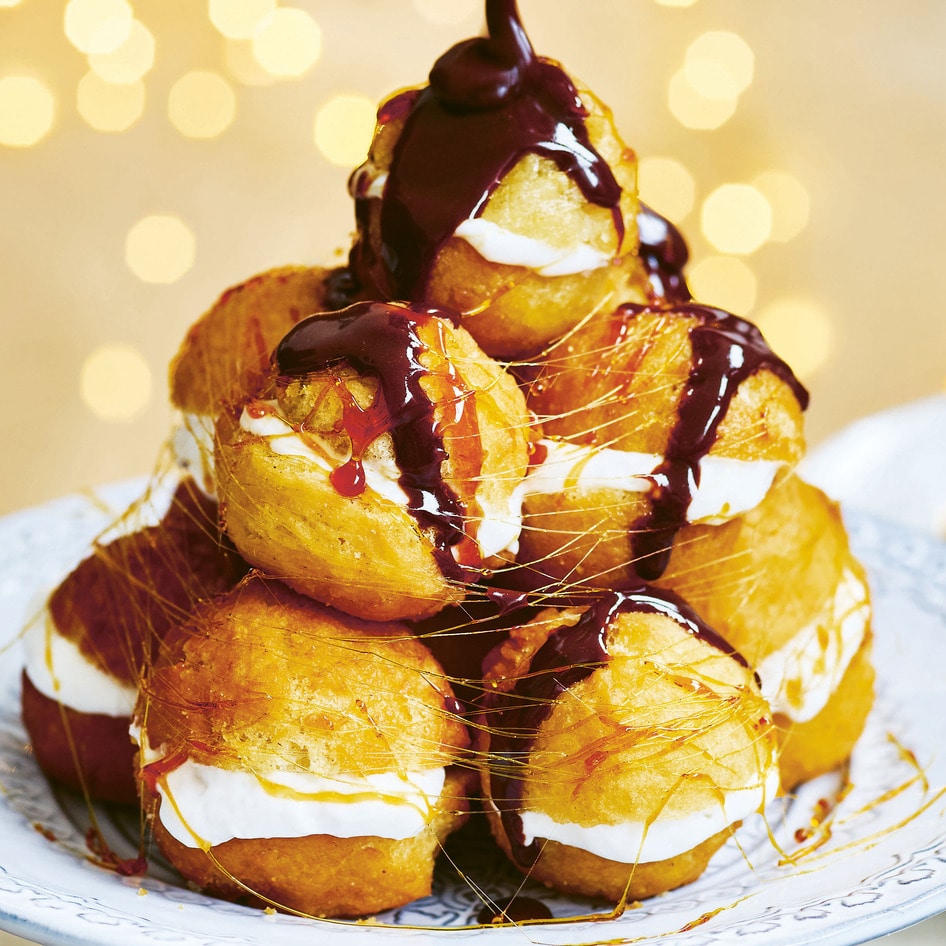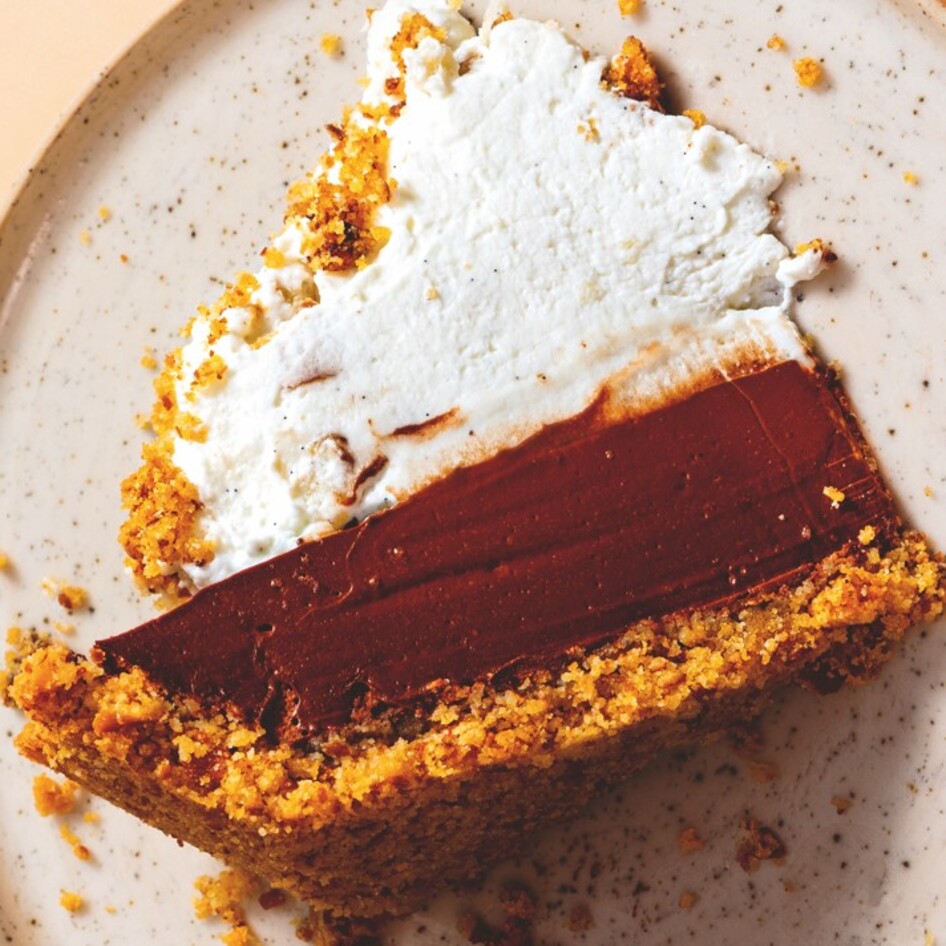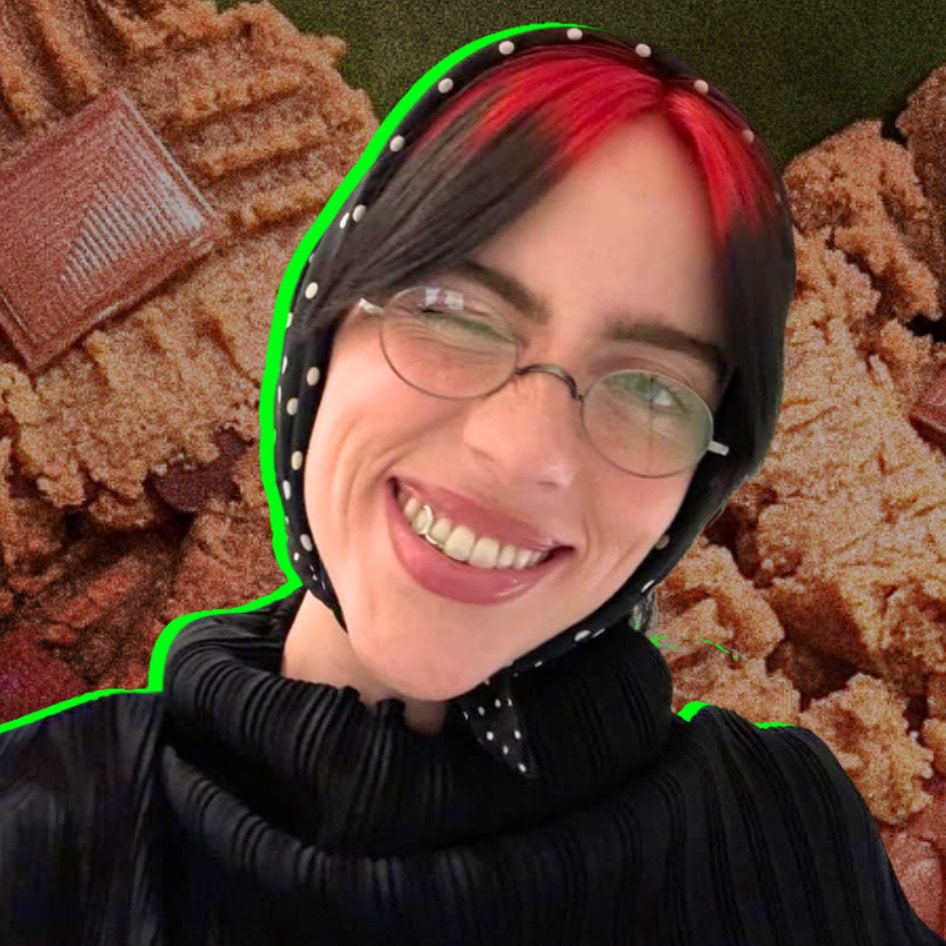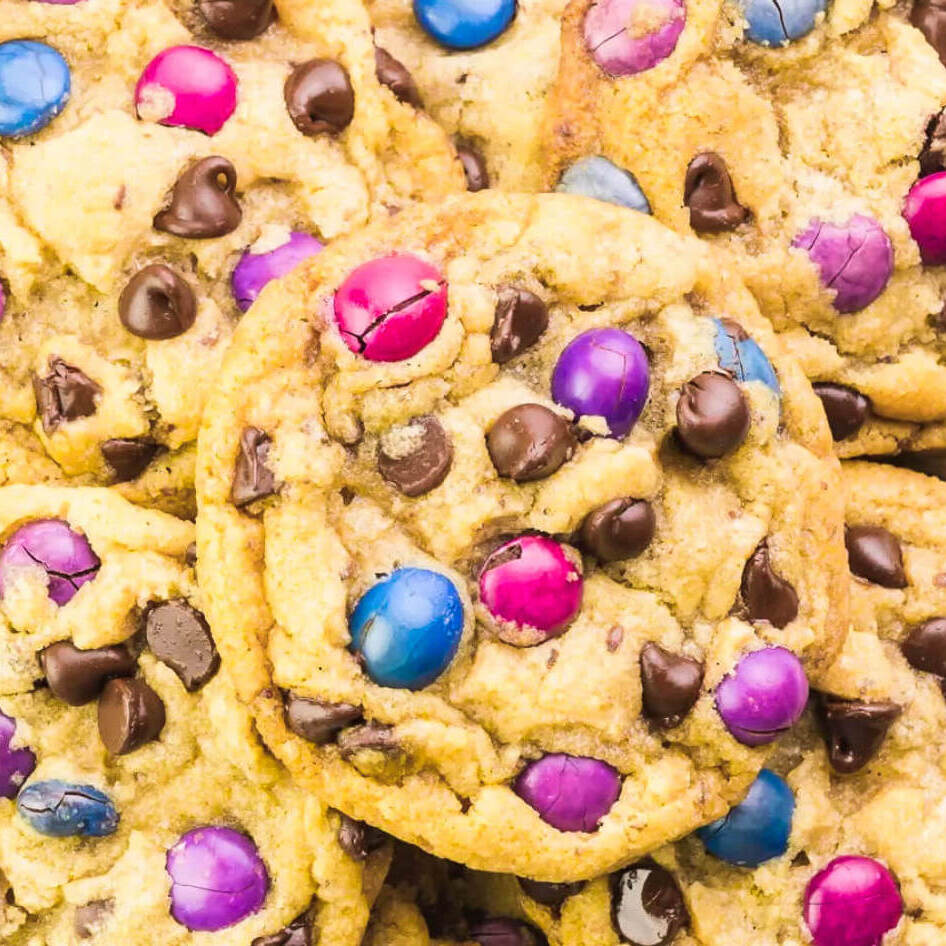Whether it’s a vegan birthday cake or a rainy day batch of brownies, when you’re baking something delicious, understanding different measurements is essential. Baking, after all, is a science, and you need the right ratios of ingredients to get the perfect result.
But this can be confusing, especially when there are several prominent units of measurement, including Imperial, US customary, and metric (used in most countries outside of the US, including the UK). To help you out, we’ve already covered how many grams are in a pound and how many ounces are in a pint, and here we’re going to take a look at how many cups are in a liter. But first, what is a cup, exactly?
What is a cup?
The cup measurement comes from the US customary unit and Imperial measuring systems. To put it simply, a cup refers to a kitchen utensil that measures the volume of liquid or solid ingredients (like flour, for example).
If you’re using a US cup, it is equivalent to eight US fluid ounces or 16 tablespoons. If you’re using an Imperial cup, which is smaller, it’s around 10 fluid ounces. You can also get three-quarter cup measurements, half-cup measurements, and quarter-cup measurements, and usually, all of these cups are bought in the same set.
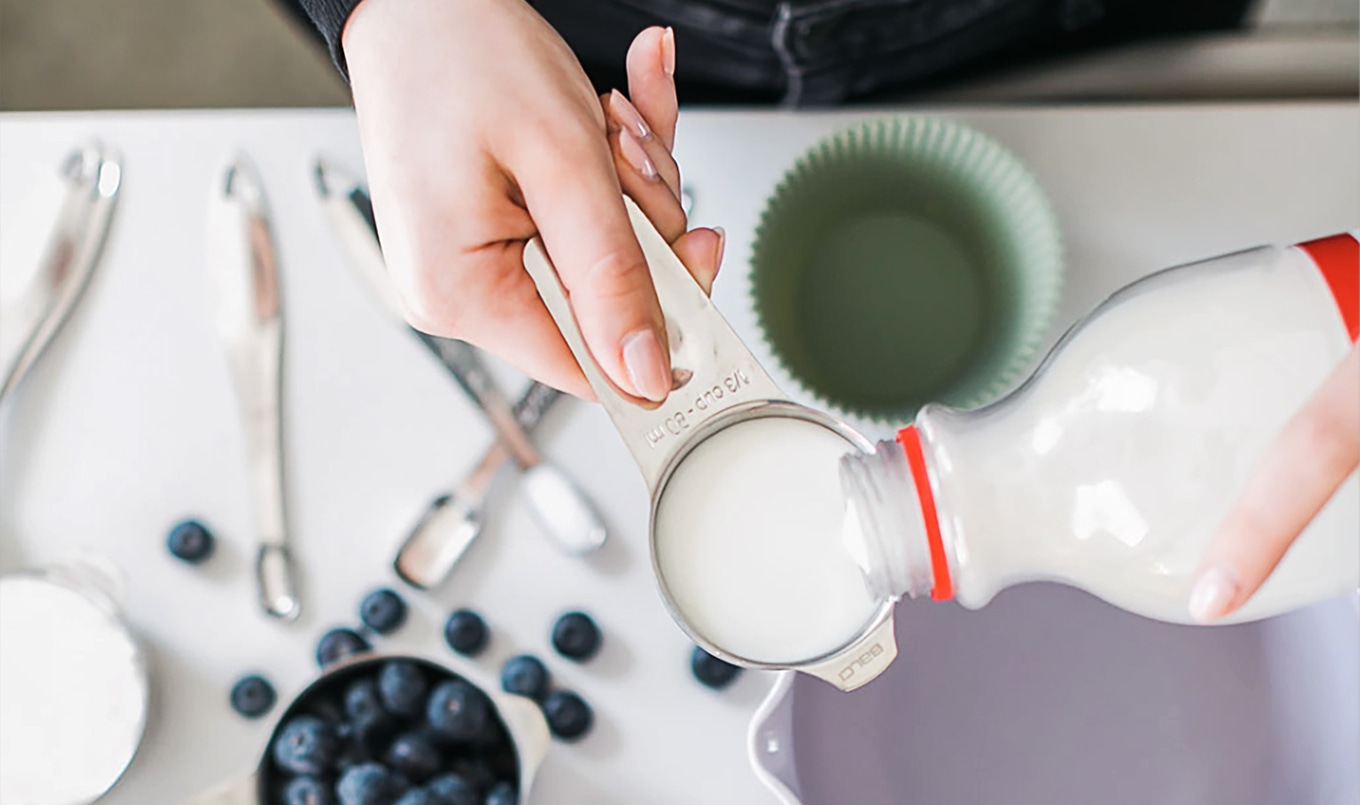 Adobe Stock
Adobe Stock
What is a liter?
A liter doesn’t come from the Imperial measuring system, it comes from the metric system, which was invented in France in the 1700s and has since spread across the world. Unlike cups, it is usually only used to measure liquid (solid ingredients are weighed in grams). When baking, a liter is usually measured out using a measuring jug.
Converting cups to liters
Sometimes, if you’re following a British recipe, for example, the amount of milk or water required will be given in liters. But if you only have cups, don’t panic! You can still work it out. One liter is the same as 4.22 US standard cups. So all you need to do is divide the number of liters by 4.22 to figure out how many cups you need.
However, if you’re using, say, an extra-large cup or an Imperial cup, the amount will vary. “It’s important to remember that these measurements are approximate as cup sizes can vary from country to country and even within the same country,” warns chef Michael Scohnamiglio in a blog post for his restaurant Bacco Charleston. “Therefore, it’s always best to double-check your measurements before proceeding with a recipe or other project!”
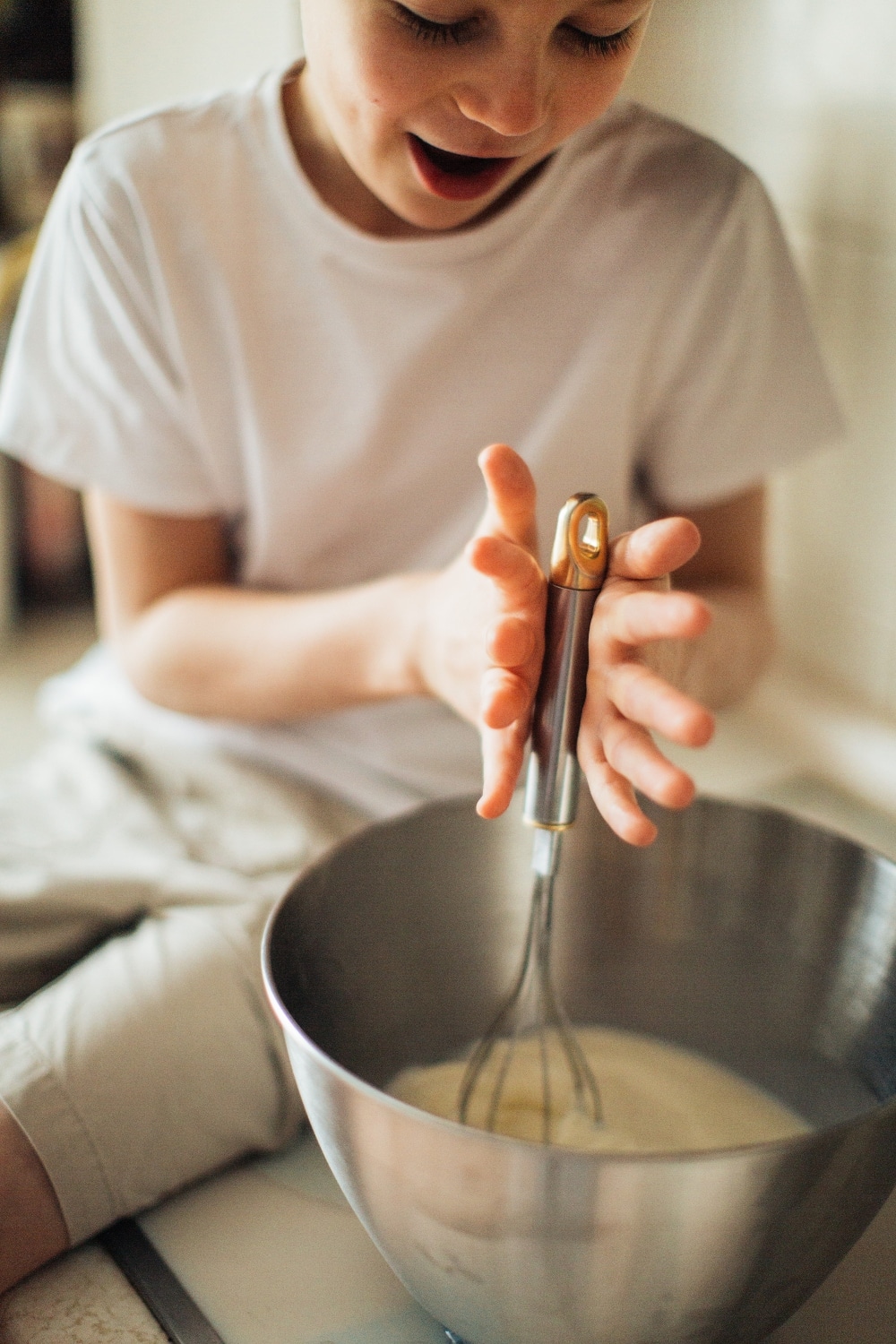 Pexels
Pexels
Converting liters to cups
If you have the opposite problem, and you want to convert liters to cups, just do the same sum in the opposite direction. So multiply the number of liters stated in the recipe by 4.22. If, for example, the recipe asks for 0.5 liters (or 500 milliliters), then this multiplied by 4.22 is just over two US cups.
But if you’re feeling confused, don’t worry, as there are also plenty of conversion websites that will do the math for you.
When should you use cups or liters in baking?
If a recipe calls for US cups, then go ahead and use cups. But if you’re fiddling about with conversions and you don’t feel confident, perhaps the best idea is to grab some scales and a measuring jug, so you can proceed with your recipe in liters and grams instead.
As we’ve covered above, cups can vary in size, which can be confusing. So when you’re baking something quite technically challenging, the metric system is considered by many as better, as the measurements are more precise and consistent.
“We strongly recommend you save your brain from all that maths and invest in some weighing scales and a metric measuring jug,” notes Taste of France, a magazine dedicated to French food and drink, regarding complicated and precise French dessert and pastry recipes. “It’s the safest way to make sure your recipes turn out right!”
For the latest vegan news, read:
JUMP TO ... Latest News | Recipes | Guides | Health | Subscribe

